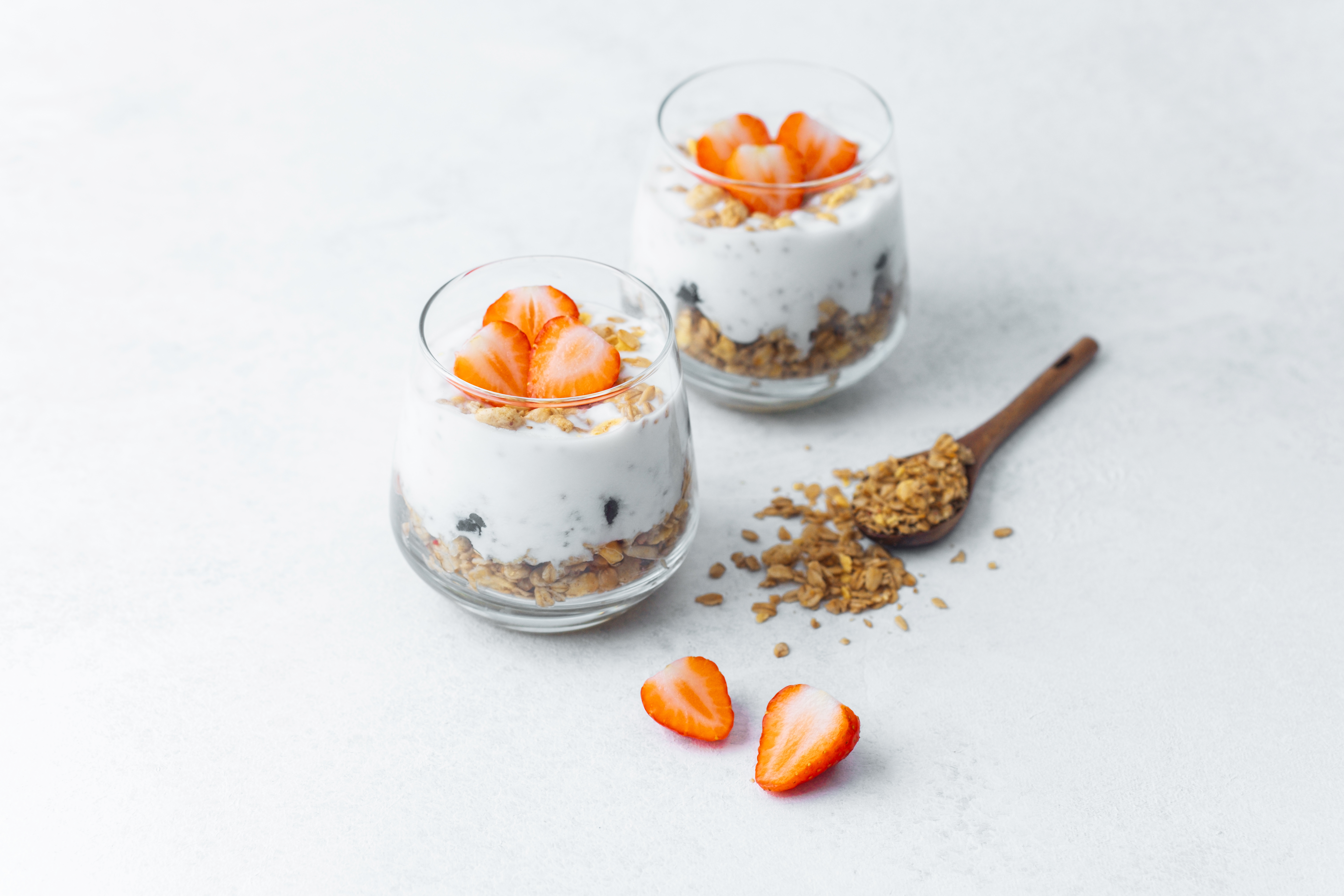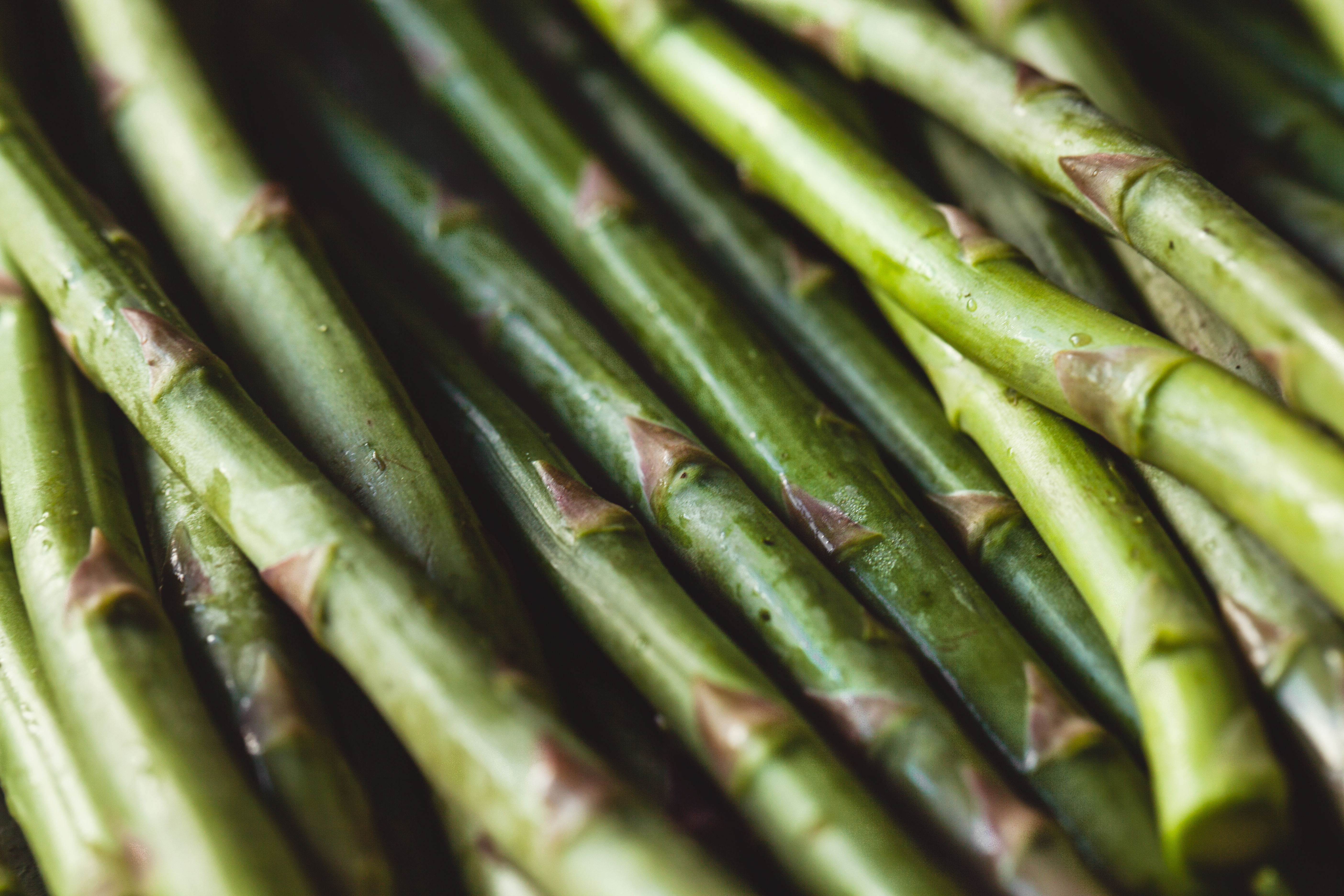Eating Smart on Antibiotics: 10 Gut-Friendly Foods to Add Now
3. Probiotics: The Gut's Best Friend

Probiotics are live microorganisms that confer health benefits when consumed in adequate amounts. They help restore the natural balance of gut bacteria and are particularly useful during and after antibiotic treatment. Probiotic-rich foods such as yogurt, kefir, and fermented vegetables introduce beneficial bacteria into the gut, helping to replenish those lost due to antibiotics. These foods can reduce the risk of antibiotic-associated diarrhea and support the immune system. Including probiotics in your diet is a proactive step towards maintaining a healthy gut microbiome.
4. Prebiotics: Feeding the Good Bacteria

Prebiotics are non-digestible fibers that serve as food for beneficial gut bacteria, promoting their growth and activity. Foods rich in prebiotics, such as garlic, onions, bananas, and asparagus, provide the nourishment necessary for probiotics to thrive. By incorporating prebiotics into your diet, you can enhance the effectiveness of probiotics and support a balanced gut microbiome. Prebiotics and probiotics work synergistically to improve gut health, making them an essential component of a gut-friendly diet, especially when taking antibiotics.
